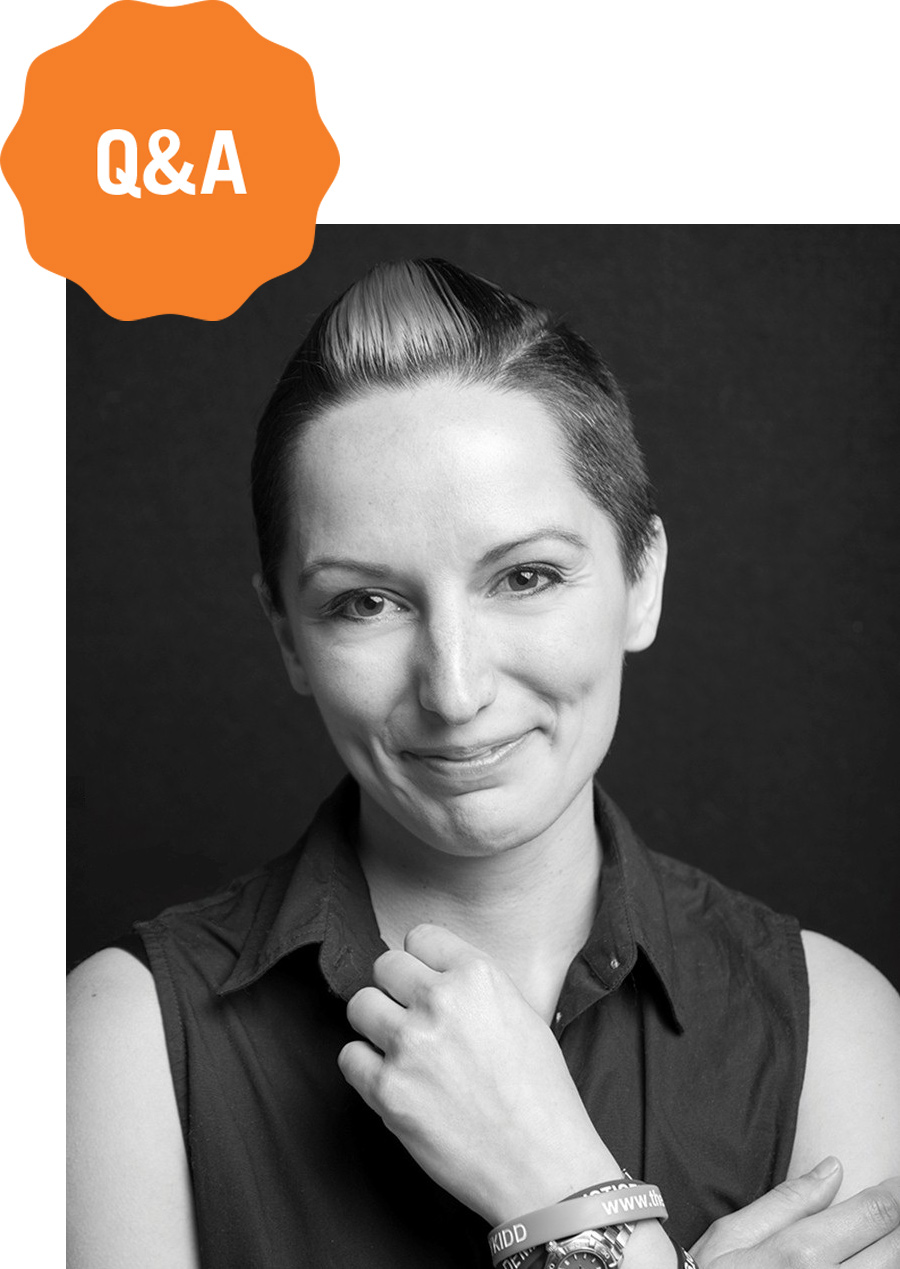
We were working on the case of Emanuel Gissendanner, who had been convicted of the murder of an elderly woman. By all accounts he looked very guilty. There was a speck of the victim’s blood on his sock, he had driven around in her car all day, and he had cashed a check from her bank account. We thought we would be working to get him life without parole. But as my clinic partner and I started investigating, we found that another man, named Buster, had pawned the car to Emanuel [the speck of blood was already on the car when Gissendanner claimed it]. The body was covered in thick, professionally cut tree branches, and Buster was a tree trimmer who had worked on the victim’s house.
It was a glaring moment of going into a case thinking I knew everything, because everything looks terrible, and you just believe it.
Flawed forensics are also a common cause. For example, taking a hair at the crime scene and comparing it to a hair on a suspect’s head: People used to look at those under microscopes and say, “They match; it must have come from that person to the exclusion of all other people.” That is not grounded in science, and the FBI now agrees that it’s not. In a review of just its own files, the FBI found a 92 percent error rate in court testimony.
Do we want to incarcerate people at the rate that we’re incarcerating them? How do we decide what is smart justice and make the changes that we all need? It’s really about asking what you really want in society, paying attention to that and making those elections.